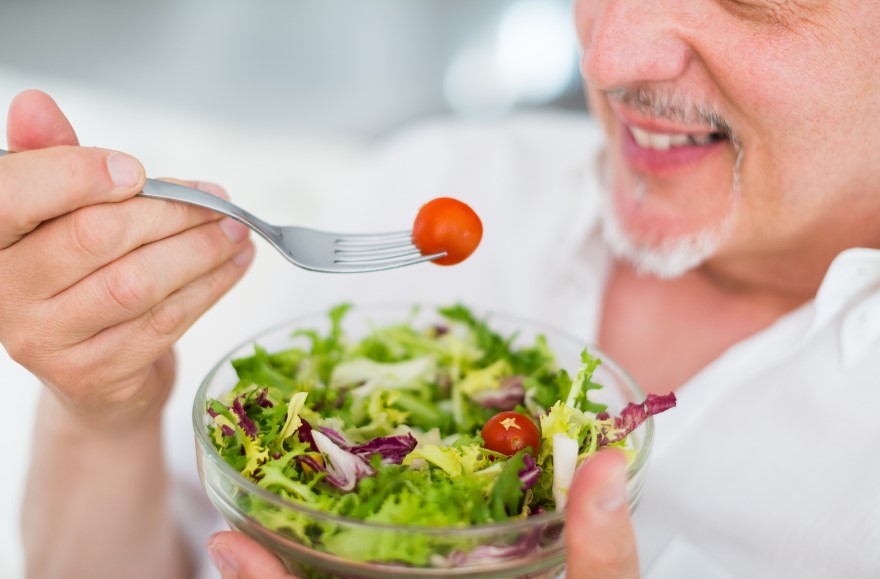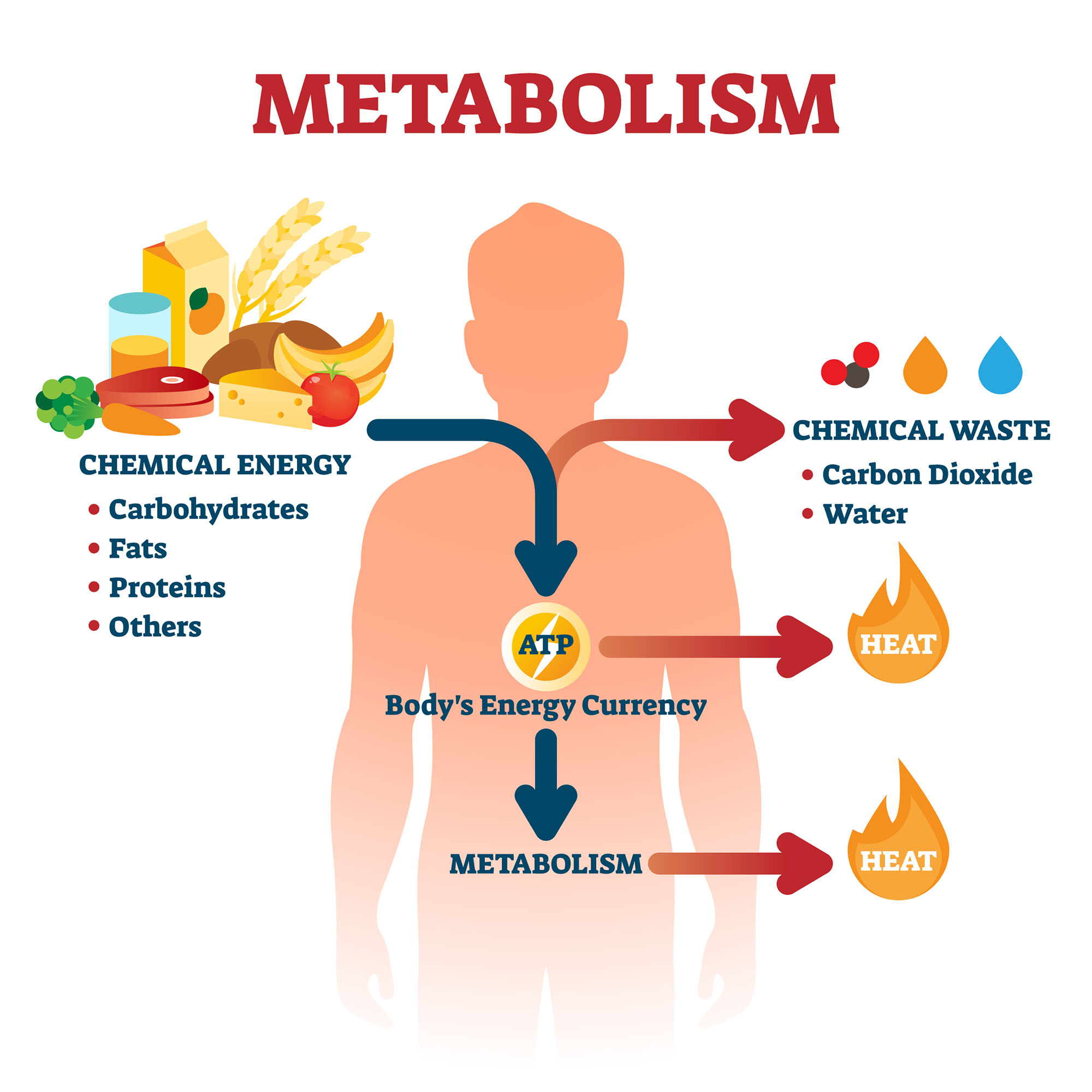As a kid, I remember one of my favorite summertime treats coming from a bowl of ice-cold grapes.
There was something so satisfying about that slight pop and then a splash of the super sweet juice that was so incredibly refreshing on a hot Oklahoma day.
From my point of view, this treat was much more satisfying than any packaged candy. But, of course, given my age then, I did not even consider the nutritional benefits; all I knew was that these little purple orbs of deliciousness were sweet and tasty, and I wanted more!
Fast forward a few decades, and now that I am a professional Nutritionist, I still enjoy an occasional bowl of cold grapes, but with an entirely different perspective.
I’m sure the above story is relatable to many of you, as it is human nature to gravitate toward things that taste good and bring us comfort. However, like with all things in life, it is possible to get too much of a good thing, even with something considered nutritious.
Current Recommended Daily Allowance based on federal guidelines says that most adults should eat between 1-1/2 to 2 cups of fruit daily. Now, if you were to take out a 2-cup measure and fill it full of strawberries or cantaloupe, that does not seem like much to spread throughout the entirety of a day.
What if you’re the kind of person who likes blueberries in your morning cereal, a few apple or orange slices as an afternoon snack, and maybe a bowl of watermelon as an after-dinner sweet treat? To measure each of these portions in total would be certain to exceed this recommendation.
So, are you getting too much of a good thing? And why would there need to be such a conservative limit on something that is supposed to be so nutritious and healthy?
The answer is maybe. Why? Most fruits are very low in fat, so they are also low in calories (4 calories per gram). However, all too often, people are unaware that excessively high amounts of fructose (fruit sugar) in your daily diet can become consequential.
What makes fructose such a bad thing? The answer lies in how your body metabolizes it. Based on the chemical composition of fructose, it cannot be used by your body’s cells (muscles) for energy like glucose can. So instead, fructose is processed through the liver.

This shift in metabolic processing can promote fat synthesis and fat storage under certain conditions (among the many reasons High Fructose Corn Syrup is very unhealthy!).
Does this mean that you should abstain from making fruit a part of your daily menu? Is eating fruit going to make you fat? Absolutely not; there is too much to gain nutritionally to eliminate fruit.
However, there are a few things that you can do to ensure that your fruit choices remain optimally beneficial and have minimal impact on your waistline.
At the top of the list is to simply take inventory of how much fructose you consume in a day by using a nutrition tracking app (FitDay is a good one), then compare that to the below recommendation. Current FDA standards say that 25 – 30 grams of fructose per day for most adults is considered within safe ranges and poses a minimal metabolic impact. It is quite easy to stay within this range by making informed choices.
As a basic guide, below is a list of fruits that contain tremendous nutritional benefits while maintaining the lowest concentrations of fructose:
– Oranges
– Kiwi fruit
– Berries (blueberries, strawberries, raspberries, blackberries)
– FIRM bananas (if they are bright yellow ripe – they are too high in sugar)
– Cantaloupe
– Honeydew
– Clementine
– Papaya
– Pumpkin
– Pineapple
– Grapes
This list provides some examples of foods excessively high in fructose:
– Fruit juices (grape juice is at the top of this list)
– Sweetened soda pop/cola drinks
– Sweetened dried fruits
– Pears
– Honey
– Sweetened fruit-flavored yogurt
– Manufactured sauces/dressings (ketchup, bbq sauce, salad dressings, etc.)
I recommend also utilizing your fruit as an ingredient rather than just a stand-alone food source. For example, adding sliced strawberries to a salad, dicing apples into a chicken salad, adding blueberries to oatmeal, or using orange segments to add dimension to a stir-fry allows you to enjoy the benefits of a fruitful diet while keeping choices nutritionally balanced.
Joe Carson B.S. NASM-CPT/FAS/CN
Master Trainer/Functional Aging Specialist/Certified Nutritionist
Twenty-First Century Aging





